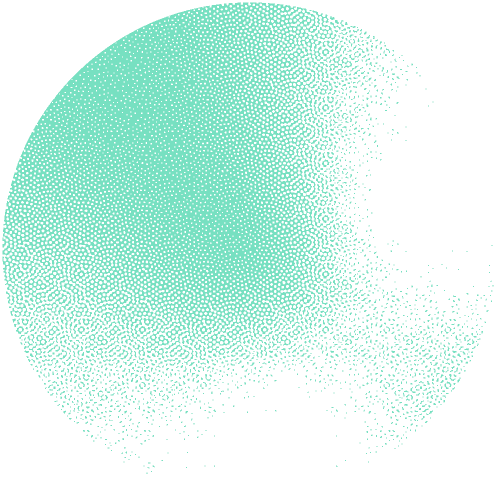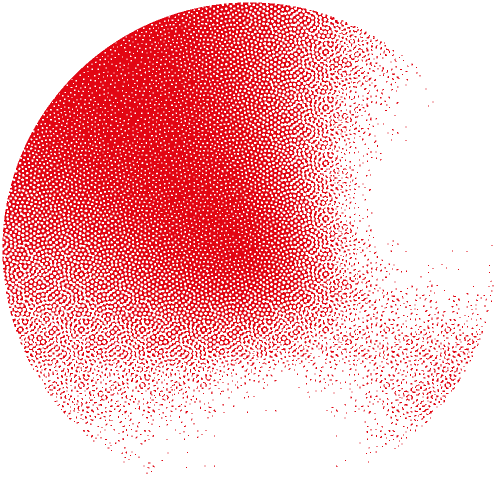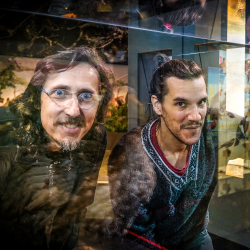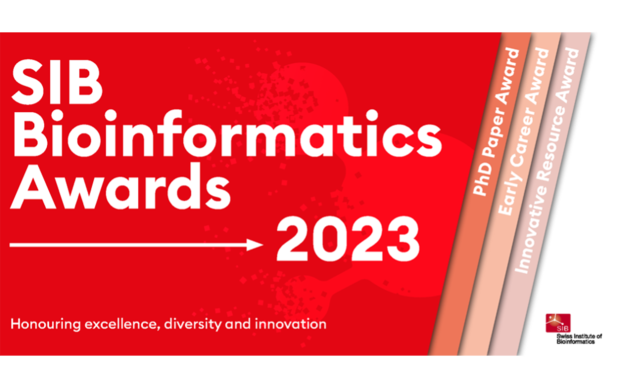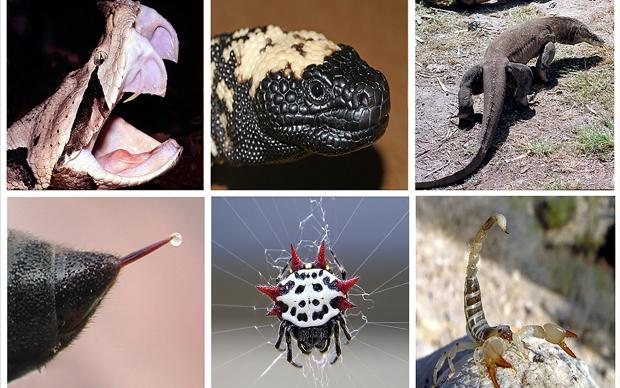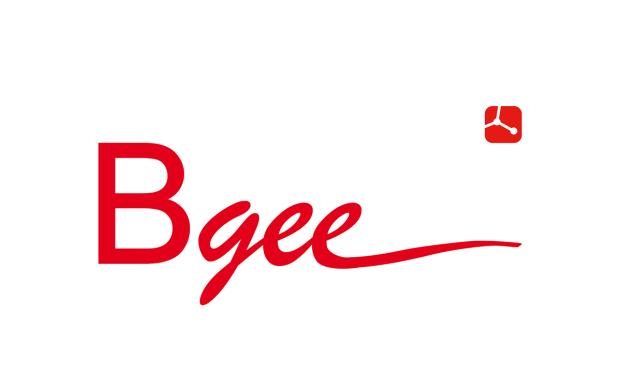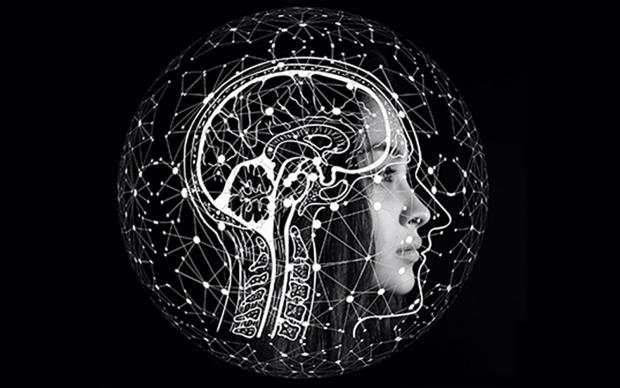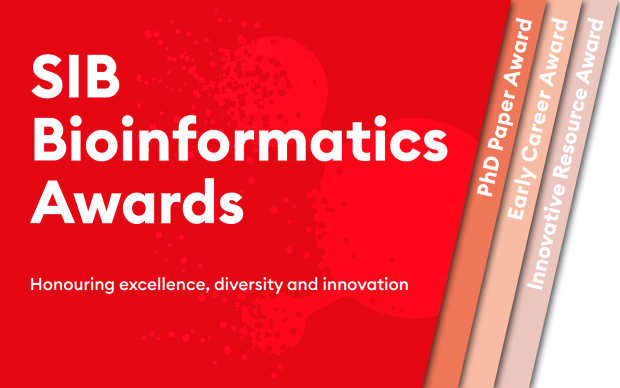In the course of evolution, animals have repeatedly shifted from sexual to asexual reproduction. The first evidence of the consequences of parthenogenesis – a type of asexual reproduction – on genome evolution is reported in an international study co-led by scientists at UNIL and SIB. The findings help to explain why species reproducing in this way are generally more vulnerable in the wild, where environments change continuously. The study is published today in Science Advances.
Sexual and asexual reproduction
The production of offspring is achieved by two main means of reproduction: sexual (fertilization between two sex cell, one male and one female) and asexual. Parthenogenesis is a type of asexual reproduction: females transmit their genes without the intervention of males.
The consequences of asexual reproduction
The study, led by Kamil Jaron and Darren Parker and co-supervised by Tanja Schwander and Marc Robinson-Rechavi from the Department of Ecology and Evolution (DEE) at UNIL and Nicolas Galtier at the Institute of Evolutionary Science of Montpellier (France), has demonstrated for the first time the consequences of parthenogenesis on the evolution of the genomes of certain animals. Three major effects have been reported: loss of efficiency in selecting mutations conferring greater reproductive success, reduction in genetic diversity and drastic reduction in heterozygosity.
Stick insects as study species
The results were achieved using stick insects, specifically the genus Timema, as study species. The scientists discovered that sexual reproduction favours rapid adaptation and genetic diversity in natural populations of stick insects. They were thus able to empirically validate predictions initially made using theoretical approaches, such as why species reproducing asexually were generally more vulnerable in the wild, where environments change continuously. The experts analyzed the genomes of five asexual Timema species and of closely related sexual species, and compared their transposable element contents (DNA sequences that can change their position within a genome), genes evolving under positive selection and heterozygosity. Analysis included the use of OrthoDB, part of the SIB Resource SwissOrthology, to identify corresponding genes across all species considered, in order to compare their evolution.
Reference(s)
Jaron K S, Parker D J. et al. Convergent consequences of parthenogenesis on stick insect genomes. Science Advances 2022.
Banner image credit: Bart Zijlstra
